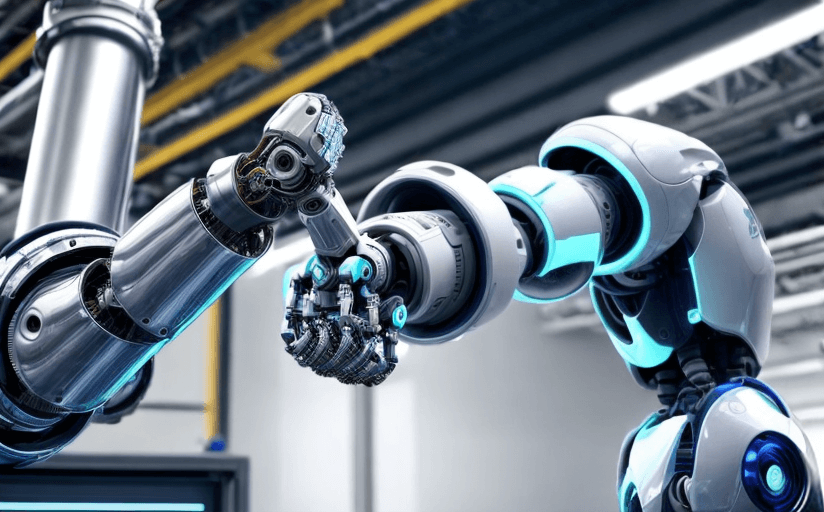Exploring the Potential Effects of Artificial Intelligence on Human Jobs
Artificial Intelligence (AI) is becoming increasingly prevalent in the workforce, and its effects on human jobs – both current and future – must be explored. This article will discuss the potential implications of AI on the job market, the types of jobs that may be most affected, and the ways in which individuals and organizations must adjust in order to adapt. In addition, evidence will be provided to support the claims made in this article.
Impact on the Job Market
AI's impact on the job market is already being felt. According to a report from the World Economic Forum, AI is predicted to displace 75 million jobs globally by 2022. However, the report also states that AI is expected to create 133 million new roles in the same time frame. These new roles will require employees to have skills and competencies that are not traditionally found in the workforce, such as data analysis and programming.
Types of Jobs Impacted
AI is expected to have a particularly strong impact on jobs that require manual labor, such as those in manufacturing and warehousing. AI-driven robots can complete these tasks more quickly and efficiently than their human counterparts. Jobs in customer service and other administrative roles are also expected to be affected, as AI-driven chatbots can be used to provide information to customers more quickly and accurately than humans can.
Adapting to AI
In order to adapt to the increasing prevalence of AI in the workforce, individuals and organizations must focus on developing skills and competencies that are not easily replicated by AI. This includes data analysis, programming, and problem-solving skills. Additionally, individuals must focus on developing soft skills, such as communication and collaboration, that are not easily automated. Organizations must also focus on creating an environment that is conducive to the development of these skills.
Pros and Cons of AI in the Workforce
The presence of AI in the workforce can have both positive and negative impacts. On the positive side, AI can lead to increased efficiency and productivity, and can reduce the costs associated with manual labor. Additionally, AI can help organizations make better decisions by providing more accurate and up-to-date data. On the negative side, AI can lead to job displacement and a decrease in wages, as AI-driven robots can often do the same job for less money.
Conclusion
AI is becoming increasingly prevalent in the workforce, and its potential effects on human jobs – both current and future – must be explored. AI is expected to have a particularly strong impact on jobs that require manual labor, as well as customer service and administrative roles. In order to adapt to the increasing prevalence of AI in the workforce, individuals and organizations must focus on developing skills and competencies that are not easily replicated by AI. Additionally, there are both positive and negative implications of AI’s presence in the workforce, and organizations must be aware of both in order to maximize the potential benefits.
















Comments
Leave a Comment